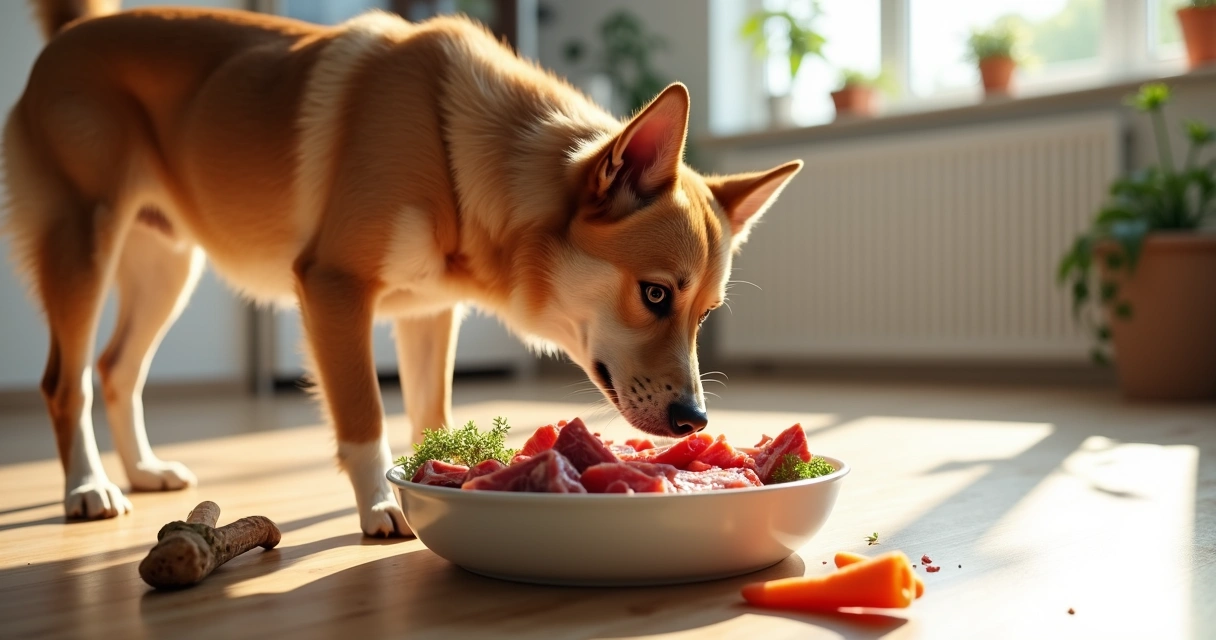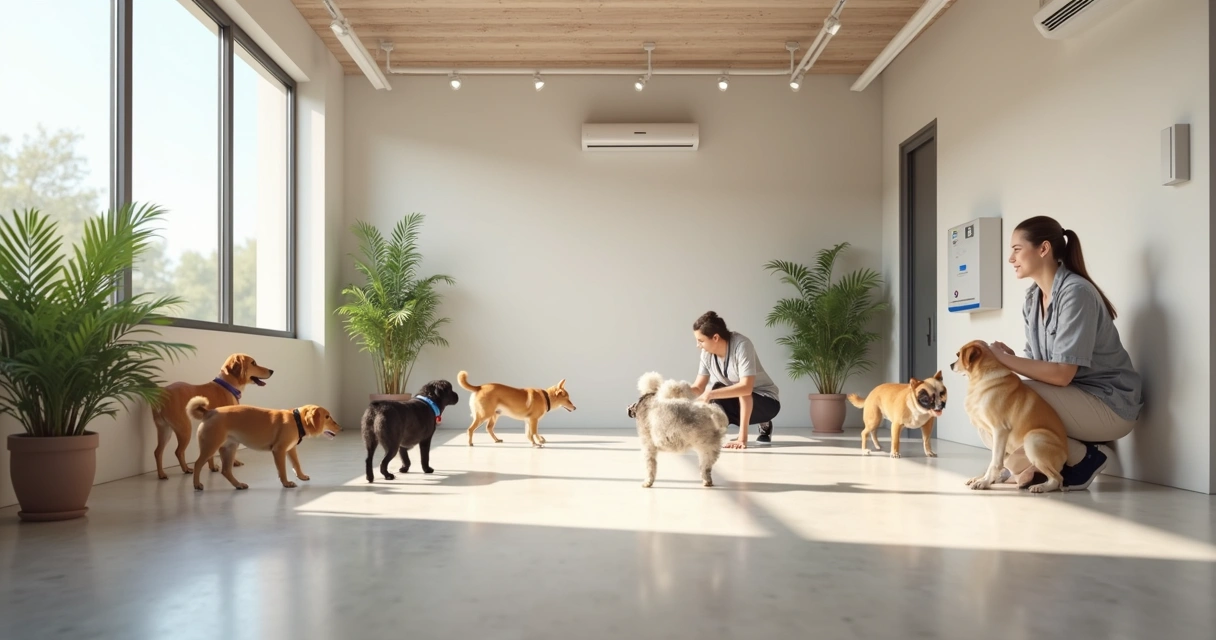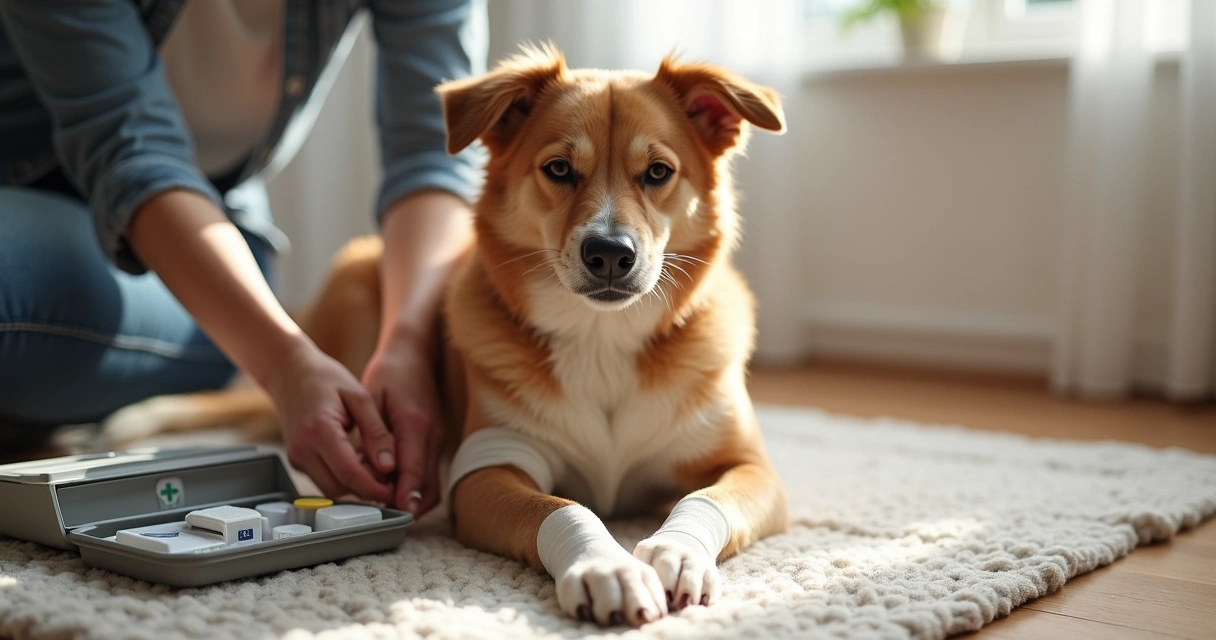I still remember the first time a Dogtown family asked me if a raw diet would make their shy pup braver during social time. The question was simple. The answer, not so simple. Food is personal. It is also messy, joyful, and sometimes risky. So here is a clear, honest look at raw feeding for dogs, with what helps, what hurts, and what to do next.
Food shapes behavior and health.
Why people choose raw
Owners often share the same early wins. A dog’s coat looks shinier. Stools are smaller. Meals vanish in seconds. Some dogs who fuss over kibble seem to light up for fresh food. There is also the comfort of knowing every ingredient in the bowl. I get that. You can pick cuts, add veggies, and adjust textures for picky eaters.
- Palatability: Many dogs find raw very tasty, which can help with underweight or fussy eaters.
- Ingredient control: You decide the proteins, fat level, and extras like pumpkin or sardines.
- Less processing: Some owners simply prefer food that looks like food.
These positives are real, though results vary. One dog may bloom. Another may shrug. That is normal.
The nutrition puzzle
Raw is not just meat. That is the first hurdle. Balanced feeding asks for the right calcium to phosphorus ratio, a safe fat range, and micronutrients like iodine, zinc, and vitamin D. Too little calcium in puppies can harm bones. Too much liver can push vitamin A too high. It can get tricky fast.
Common gaps show up in home-prepared meals. If you go raw, consider how you will cover:
- Bones or calcium: Meaty bones or a measured calcium source, but not both at once.
- Oily fish: For omega-3s, balanced with total fat so pancreatitis risk stays low.
- Organs: Liver and others in modest amounts, since they are very rich.
- Fiber: Some dogs need gentle fiber from veggies or seeds to keep stools steady.
I think the goal is simple meals that still hit the marks. It sounds boring, yet boring keeps dogs safe.
Safety and hygiene risks
Raw meat can carry pathogens. That is not a scare tactic, it is a fact seen in research. In a Netherlands study of commercial raw foods, investigators reported frequent contamination with E. coli, Listeria, Salmonella, and even parasites. You can read the findings in coverage of the Netherlands study. The concern is not only for dogs. It is also for people who handle bowls, counters, and kisses after meals.
Further coverage of research raising concerns about frozen raw diets highlighted significant contamination, including antibiotic-resistant bacteria. There is also no strong proof that raw feeding prevents allergies, which gets said a lot.
One more data point that matters to families with kids, seniors, or immune-challenged folks at home. New research on dogs fed raw meat diets found Salmonella only in raw-fed dogs and a much higher rate of antibiotic-resistant E. coli. That can move from dog to home surfaces through normal life. It is not a guarantee of illness, but it is a risk to weigh.
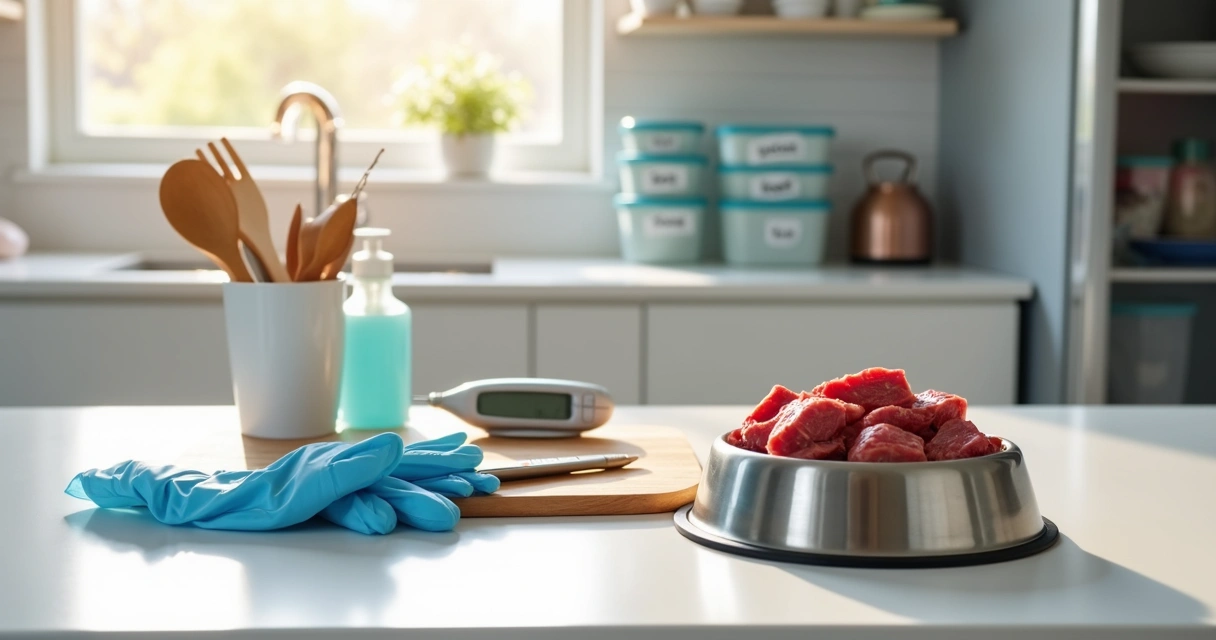
Who might benefit, who should avoid
Some healthy adult dogs do well on a carefully balanced raw plan. Active dogs that need high protein might also thrive with the right fat control. On the other hand, I would be very cautious with puppies, dogs with kidney or liver issues, pancreatitis, or immune problems. Seniors with dental disease can struggle with bones. Every dog is a little different, so a chat with a trusted veterinary professional is a smart step.
Not every dog needs the same bowl.
Doing raw as safely as possible
If you decide to feed raw, build a simple habit loop for safety and balance.
- Plan the recipe: Use measured calcium, modest organ, and clear omega-3 sources. Keep fat reasonable.
- Freeze and thaw right: Thaw in the fridge, not on the counter. Keep meals cold until feeding.
- Separate tools: Color-code cutting boards and knives for pet food only.
- Clean fast: Wash bowls after each meal. Disinfect prep areas. Change sponges often.
- Store smart: Label containers with dates. Use airtight packaging to avoid drips.
- Protect people: Wear gloves if you like. Wash hands. Keep young kids away from prep time.
This may sound fussy. It becomes routine, like buckling a seat belt. Small steps cut down risk a lot.
Raw feeding and daily life at dogtown
At Dogtown in Gloucester, we talk with families about food preferences during enrollment. That way our team can support your training goals and daily routine. If your dog is joining our dog daycare or spending time at day camp, we can note feeding guidelines and timing. For overnights, our boarding staff follows your plan as closely as possible, within safe handling rules. If you want help with polite mealtime manners, our training team can work on calm sits and gentle waits.
Food can change skin and coat too. When dogs come for grooming, we see the results of diet in real time. Sometimes a diet tweak plus a good brush makes shedding feel manageable again.
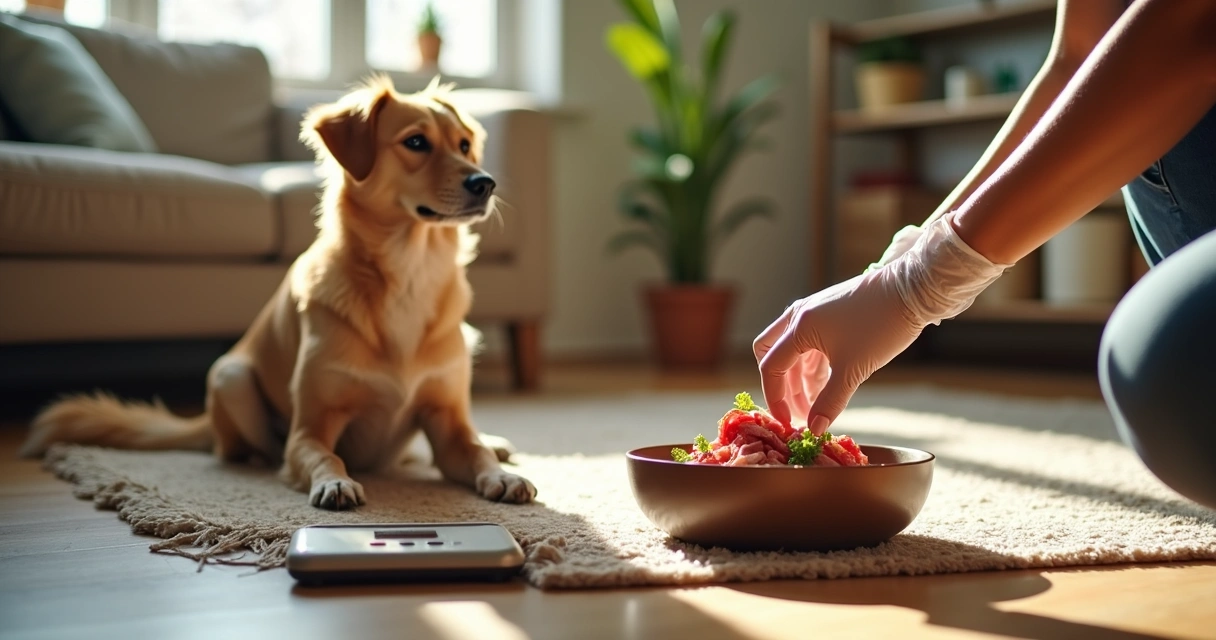
Cost, time, and headspace
Raw feeding takes planning. Sourcing, portioning, and freezing add time. Costs vary by protein and region. Bones can be cheaper, yet supplements and fish raise the total. Some months it balances out. Other months, not so much. Be honest with your schedule. Food that fits your life tends to be the food you can keep giving.
Bottom line
Raw diets can work for some dogs when they are balanced and handled with care. The possible gains in palatability and appearance are real, though not guaranteed. The risks of bacterial and parasite exposure are also real, for dogs and for people. That tension is the whole story. If you are curious, start with a plan, ask good questions, and make changes slowly. If you prefer cooked or other complete diets, that is fine too. Dogs can flourish in many ways.
If you would like a second set of eyes on daily routines, talk with the Dogtown team. During your assessment, we can note feeding habits and help match them to your goals for play, rest, and learning. Stop by to meet us, book a spot for daycare or day camp, plan a comfortable boarding stay, set up manners work with training, or pair it all with a fresh grooming session. Your pet’s day should feel safe and joyful. Schedule your assessment and see how Dogtown supports the whole picture.
Frequently asked questions
What is a raw diet for dogs?
A raw diet is a meal plan built from uncooked ingredients, usually meat, organs, bones or calcium, and small amounts of produce. The goal is real food with clear ingredients, shaped to your dog’s needs.
Is raw food safe for all dogs?
No. Healthy adults may do well with careful planning, yet puppies, seniors with dental issues, and dogs with pancreatitis or immune problems face higher risk. Talk with a veterinary professional before making the switch.
How much does a raw diet cost?
Costs vary by protein, region, and recipe. Whole cuts can be pricey, while bones may be cheaper. Add the price of supplements, fish, storage containers, and time for prep. Many families find it costs more than standard diets.
What are the risks of raw diets?
Pathogens like Salmonella, Listeria, and antibiotic-resistant E. coli are the main concern, as reported in research covered by Time and Axios, with higher resistant bacteria found in raw-fed dogs. Cross-contamination in the home is a real risk.
Is it worth it to feed raw?
It can be, for some dogs and households that can manage safety and balance. Others do better with cooked or complete diets. If you try raw, start slow, keep hygiene tight, and watch your dog’s energy, stools, and skin over time.


